Table of Contents
Deep beneath the verdant landscape of Southern Vietnam, concealed with artistry and tenacity, lies a remarkable labyrinth known as the Cu Chi Tunnels facts. An intricate network dug with sheer determination, it stands as a symbol of the resilience of the Vietnamese people amid the devastating Vietnam War. With their fascinating history, intricate design, and strategic significance, the Cu Chi Tunnels offer an extraordinary glimpse into a world hidden from sight.
History of Cu Chi Tunnels
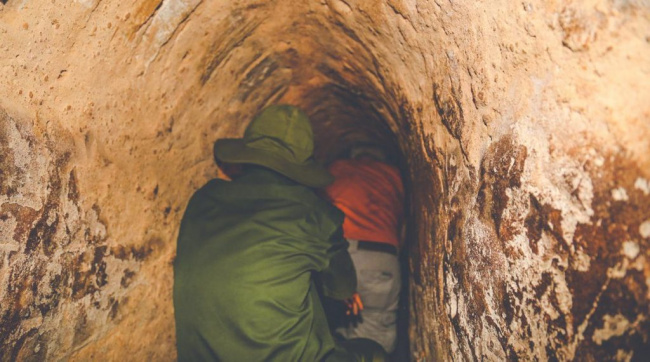
The Cu Chi Tunnels facts owe their existence to the prolonged and tumultuous struggle between the Vietnamese and French during the First Indochina War. The French sought to crush the resistance of the Vietnamese people, resorting to aggressive measures that fostered resentment and the drive for independence. Recognizing the futility of confronting the French in open battle, the Vietnamese adopted a strategy of guerrilla warfare, depending on a network of tunnels to maneuver and sustain resistance.
Construction of Cu Chi Tunnels
The construction of the Cu Chi Tunnels began in the late 1940s and continued throughout the 1960s. They were built by the Viet Cong, a communist guerrilla force, with the help of local villagers. The tunnels were dug using rudimentary tools such as shovels, hoes, and pickaxes. The soil was then removed and used to create camouflaged trapdoors and ventilation shafts. The tunnels were constantly expanded and improved upon, reaching a length of over 250 kilometers at their peak.
Purpose of Cu Chi Tunnels
The Cu Chi Tunnels facts served multiple purposes during the Vietnam War. They were used as hiding spots, supply routes, communication and command centers, and living quarters for the Viet Cong. The tunnels also played a crucial role in the success of the Tet Offensive in 1968, where the Viet Cong launched a surprise attack on multiple cities and military bases in South Vietnam. The tunnels allowed them to move undetected and launch attacks from unexpected locations.
Layout and Design of Cu Chi Tunnels
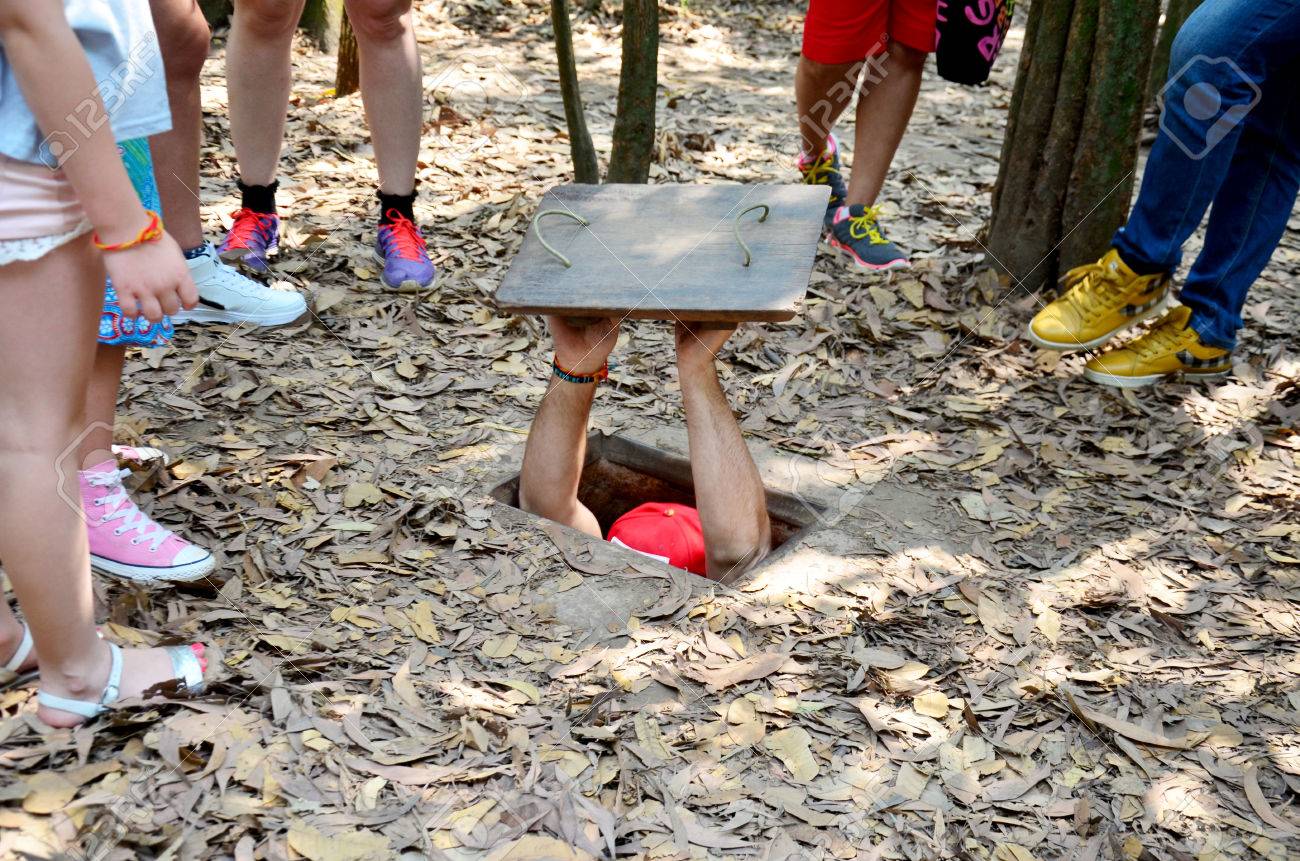
The Cu Chi Tunnels were designed with great attention to detail and strategic planning. They were divided into three levels – the first level was just below the surface and could accommodate small rooms for living and storage. The second level was deeper and served as a hiding spot during bombing raids. The third level was the deepest and most secure, used for command centers and hospitals.
Tunnel Entrances
The entrances to the tunnels were carefully concealed and booby-trapped to prevent enemy soldiers from entering. Some of the traps included camouflaged trapdoors, spiked pits, and tripwires connected to explosives. These traps were often covered with leaves or branches to blend in with the surrounding environment.
Ventilation and Communication Systems
The tunnels had an intricate system of ventilation shafts that provided fresh air and removed smoke from cooking and lighting fires. These shafts were also used to communicate with other parts of the tunnel network, using coded knocks or whistles. The Viet Cong also used bamboo pipes to amplify sound and transmit messages through the tunnels.
Life in the Cu Chi Tunnels facts
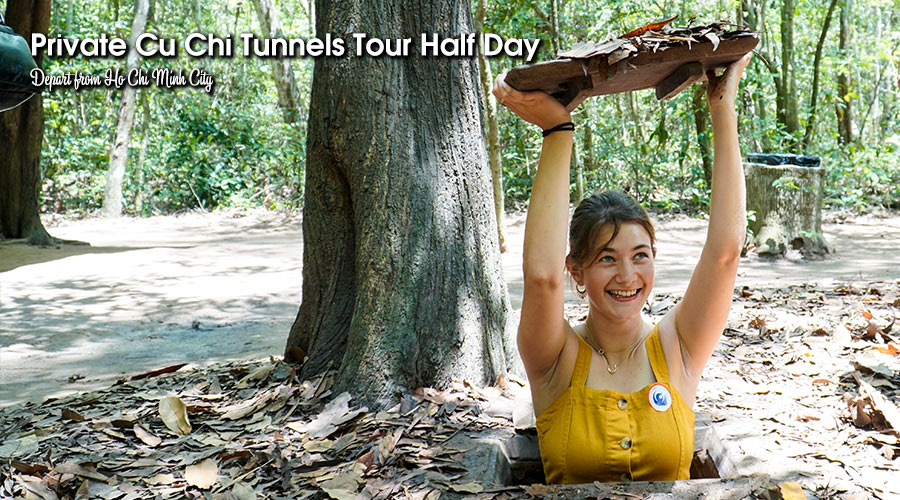
Life in the Cu Chi Tunnels facts was harsh and challenging. The cramped and dark conditions made it difficult for the Viet Cong to move around and perform daily tasks. They had to be constantly alert for enemy attacks and deal with the constant threat of flooding and disease. Despite these challenges, the Viet Cong adapted to their underground lifestyle and developed innovative ways to survive.
Daily Activities
The Viet Cong had to perform various tasks to maintain their underground community. This included cooking, cleaning, repairing weapons, and tending to the sick and wounded. They also had to tend to their crops and livestock, which were often kept in small chambers within the tunnels. The Viet Cong also had to be constantly vigilant and ready to defend their territory at a moment’s notice.
Health and Hygiene
The cramped and unsanitary conditions of the tunnels posed a significant health risk for the Viet Cong. Malaria, dysentery, and other diseases were common, and medical supplies were scarce. To combat these issues, the Viet Cong used traditional herbal remedies and relied on the expertise of local healers. They also built makeshift hospitals within the tunnels to treat the sick and wounded.
Tactics and Strategies Used in Cu Chi Tunnels

The Cu Chi Tunnels facts were an essential part of the Viet Cong’s guerrilla warfare tactics. They allowed them to evade and surprise the enemy, launch sneak attacks, and retreat quickly if necessary. The tunnels also served as a means of communication and supply routes, making it difficult for the enemy to cut off their resources.
Booby Traps
One of the most effective tactics used by the Viet Cong was the use of booby traps. These traps were designed to maim or kill enemy soldiers and could be triggered by pressure, tripwires, or even stepping on a hidden switch. Some of the traps included punji stakes, bamboo spikes, and grenade traps. These traps were strategically placed around the tunnel entrances and along known enemy routes.
Tunnel Warfare
The Viet Cong were skilled in tunnel warfare and used it to their advantage against the American and South Vietnamese forces. They would often lure the enemy into the tunnels, where they would ambush them from hidden openings or collapse the tunnels behind them, trapping them inside. The Viet Cong also used the tunnels to launch surprise attacks on enemy bases and then disappear back into the underground network.
Impact of Cu Chi Tunnels on the Vietnam War
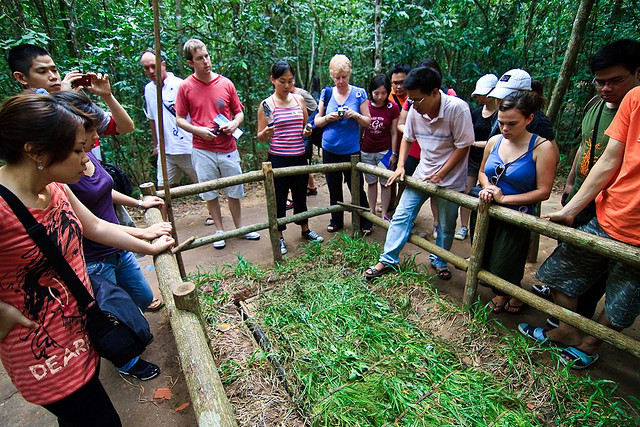
The Cu Chi Tunnels facts played a crucial role in the outcome of the Vietnam War. They allowed the Viet Cong to sustain their resistance against the American and South Vietnamese forces, despite being heavily outnumbered and outgunned. The tunnels also served as a morale booster for the Vietnamese people, who saw them as a symbol of their determination and resilience.
Psychological Warfare
The Cu Chi Tunnels were not only used for military purposes but also played a significant role in psychological warfare. The constant threat of ambushes and booby traps made it difficult for the enemy soldiers to relax and caused them to be constantly on edge. The tunnels also served as a propaganda tool, with the Viet Cong using them to showcase their strength and perseverance against the enemy.
Military Significance
The strategic location of the Cu Chi Tunnels facts, just 40 kilometers from Saigon, made them an important target for the American and South Vietnamese forces. The tunnels were used to launch attacks on nearby military bases and disrupt supply lines. This forced the American troops to divert resources and manpower to defend their bases, ultimately weakening their overall efforts in the war.
Current State of Cu Chi Tunnels

After the end of the Vietnam War in 1975, the Cu Chi Tunnels facts were preserved as a historical site and opened to the public in 1988. Today, visitors can explore a small section of the tunnel network, which has been enlarged for easier access. The tunnels have been reinforced and equipped with lighting and ventilation systems for safety.
Preservation Efforts
The Cu Chi Tunnels have undergone extensive preservation efforts to maintain their authenticity and historical significance. The tunnels have been reinforced with concrete and metal supports to prevent collapse, and sections of the tunnels have been widened for easier access. The surrounding area has also been developed into a park, with exhibits and displays showcasing the history and significance of the tunnels.
Tourist Attractions
The Cu Chi Tunnels have become a popular tourist attraction, drawing in thousands of visitors each year. Visitors can explore the tunnels, watch demonstrations of booby traps and weapons used during the war, and learn about the daily life of the Viet Cong. There are also opportunities to fire weapons at a nearby shooting range and sample traditional Vietnamese dishes.
Visiting Cu Chi Tunnels Today

Visiting the Cu Chi Tunnels is a must for anyone interested in history or military strategy. The site offers a unique and immersive experience, allowing visitors to step back in time and witness firsthand the ingenuity and resilience of the Vietnamese people. Here are some tips for planning your visit:
Getting There
The Cu Chi Tunnels are located approximately 70 kilometers from Ho Chi Minh City and can be reached by car, bus, or organized tour. The journey takes around 1-2 hours, depending on traffic. It is recommended to book a tour or hire a guide as the site can be challenging to navigate without prior knowledge.
What to Bring
It is essential to wear comfortable clothing and closed-toe shoes as you will be walking and crawling through narrow and dark tunnels. Sunscreen and insect repellent are also recommended, as well as a hat and sunglasses for protection from the sun. It is also advisable to bring cash for entrance fees and souvenirs.
Tour Options
There are various tour options available for visiting the Cu Chi Tunnels, ranging from half-day to full-day tours. Some tours also include stops at other historical sites such as the War Remnants Museum and the Reunification Palace. It is best to research and compare different tour companies to find one that suits your preferences and budget.
Fascinating Facts about Cu Chi Tunnels
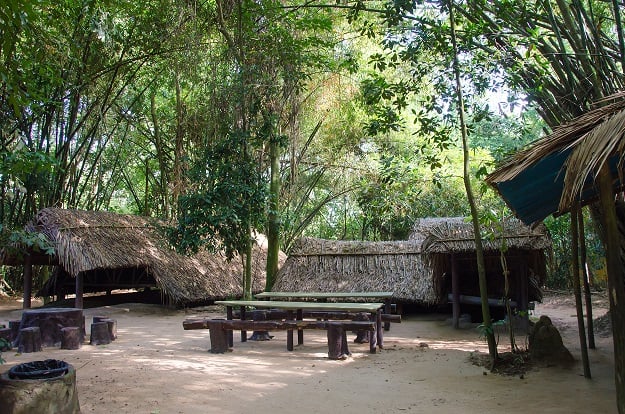
- The Cu Chi Tunnels were so well camouflaged that they were not discovered by American forces until 1966.
- The tunnels were not only used for military purposes but also served as schools, hospitals, and living quarters for the Viet Cong.
- The Viet Cong used recycled American bombs and artillery shells to create traps and weapons.
- The tunnels were equipped with booby traps that could be triggered by a single strand of hair or a puff of air.
- The Viet Cong used a secret code language called “Cu Chi” to communicate within the tunnels, making it difficult for the enemy to decipher their messages.
Conclusion
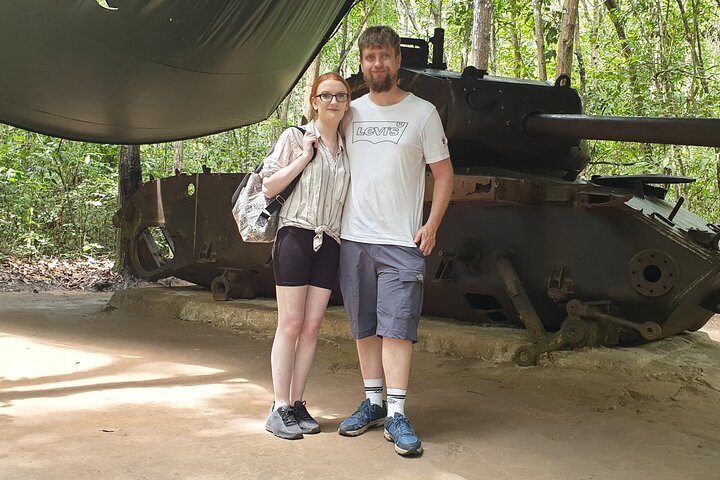
The Cu Chi Tunnels facts are not only a remarkable feat of engineering but also a testament to the resilience and determination of the Vietnamese people. They offer a unique and eye-opening experience, allowing visitors to gain a deeper understanding of the Vietnam War and its impact on the country. With their fascinating history and strategic significance, the Cu Chi Tunnels continue to stand as a symbol of the enduring spirit of the Vietnamese people.